Don’t let winter put the brakes on your epic hiking plans! Sure, the temperature might take a dip, but that shouldn’t stop you from enjoying a fantastic hiking adventure and soaking in nature. To make sure you’re all set for success on your winter hike, it’s crucial to gear up with the right attire. We’ve put together a handy guide on what to wear for winter hiking, ensuring you have the ultimate hike while staying comfortably warm. Let’s make this winter adventure the best one yet!
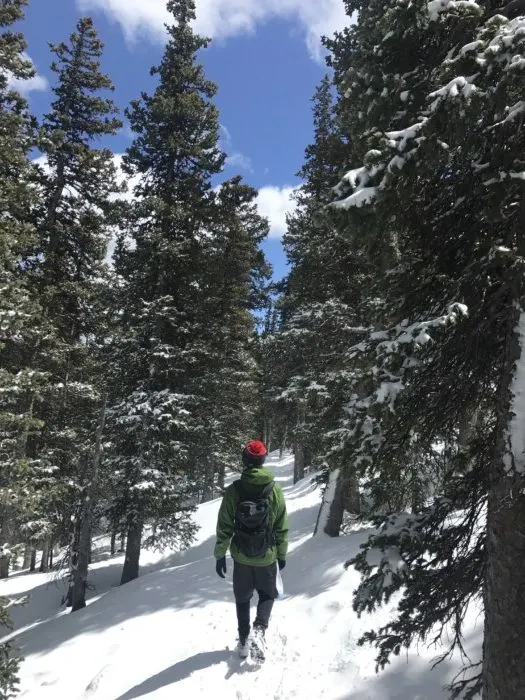
Plan and Prepare:
Weather
An important part of winter hiking is preparation. Always begin by checking the weather, and don’t forget that changes in altitude can have a big impact on the weather.
If the weather forecast down in town is sunny and 45℉, it could be much different if you’re planning to hike a nearby mountain. A general rule-of-thumb is that for every 1000ft of elevation gain, the temperature drops 5℉.
And be sure to consider wind and cloud cover. Because a sunny winter day can turn nasty quickly if winds and clouds roll through.
Body Heat
And also consider how strenuous the hike is. If you’re climbing lots of elevation, your body will work up a lot of heat compared to an easy stroll around the lake. A common mistake is to underestimate how much your own body heat will contribute to keeping you warm.
Trail Conditions
And if the trail is well-traveled, then it will probably be packed down but may be more slippery from repeated thawing and freezing. But if you’re the first one on a trail after a big snowstorm, they you will probably be hiking through deep snow.
Deep snow usually lessens traction problems, but greatly increases the amount of energy each step takes. These are the important factors to consider when deciding what to wear.
This post may contain affiliate links. Disclosure policy.
Clothing For Winter Hiking:
The key to hiking in the winter is layers. The start of a hike in the winter will almost always start off cold. But as you start moving, you will raise your body temperature. That’s why it’s best to dress in layers so you can slowly take off a layer as you begin to warm up or add back a layer if you start to cool down.
We always suggest Merino wool layers no matter what time of year it is. Having a merino wool base layer will help wick away sweat and not absorb moisture.
Avoid wearing cotton as a baselayer, because it absorbs moisture. And once your body temperature drops back down and you have a wet cotton layer, you will most likely be cold the rest of the hike.
We also suggest avoiding big winter jackets, unless you are hiking in negative temperatures.
Best Winter Upper Layers:
Braving the chill of winter for a hiking adventure requires strategic layering. It’s all about keeping that core warm – a cold core spells cold everything else. Our winning combo starts with a snug baselayer, complemented by a 1/2 zip layer, and topped with a sleek nano puffy jacket. Elevate the warmth factor by throwing on a down vest is an absolute game-changer!
Now, when the cold weather throws some wet surprises your way, gear up with the ultimate outer layer protection. A waterproof outer shell is your trusty ally, preventing any moisture from sneaking into those carefully stacked layers of warmth.
Also, a neck gaiter can be the perfect companion to keep you neck warm, and versatile to also pull over over your face to keep your nose and cheeks warm.
Ready to conquer the winter trails? Let’s dive into our top picks for down jackets, fleece jackets, and all the extra layers you need to make your winter hike cozy and comfortable.
Best Winter Lower Body:
Lower layers will depend on the conditions outside. We suggest wearing a merino wool legging for both men and women to start.
If the conditions are wet, layer a pair of waterproof pants on top such as a soft-shell pant or light snowpants. If the weather is warm and dry, you can just layer the merino wool long underwear with hiking pants or sweatpants.
These two layers listed below will absolutely set you up for success when winter hiking!
For snowy hikes or really cold days, you might want to wear a part of snow pants over your long underwear instead.
If you will be hiking in deep snow, we suggest wearing snowpants. You can find great options on REI’s website.
Best Hiking Socks For Winter:
Keeping your feet warm and dry can make or break a winter hike. No one likes having cold feet! Always choose a merino wool sock so your temperature can regulate and wick away sweat. If your socks get wet, then you are almost guaranteed cold feet.
There are also different heights of sock brims. For winter hiking, I suggest having a high rise sock to keep the ankles warm and protect from snow, but everyone has their preferences!
Best Winter Clothing For Extremities:
Keeping your head, hands and feet warm on a winter hike is the best way to have a successful hiking adventure. If your extremities are exposed then you can expose yourself to frostbite, wind burn or simply just getting too cold.
Be aware that if you wear too thick of layers, you can quickly overheat when winter hiking. So avoid hiking in thick ski/snowboard gloves or fleece lines neck buffs. You want your extremities to have breathable layers because your temperature might rise and fall along the hike.
If you often experience cold hands, you might consider bringing along hand warmers to put inside your pair of gloves or mittens.
Best Footwear For Winter Hiking:
The proper footwear when winter hiking is essential. You want to have waterproof boots that have good traction. And if you have cold feet or your feet get wet during the hike, you are probably gonna have a bad time.
First, you need to judge the trail conditions. Will it be maintained? Will there be deep snow? Did it recently snow? Is the hike steep? etc.
If you will be hiking in deep snow, then you will most likely want to have waterproof winter boots on. You will also want to have a waterproof shell pant on that cinches around the ankle to keep snow out.
A hike where you are “post-holing” (when you sink into the snow up to your knee or waist) will be very exhausting and you will most likely get very hot because your body will be working extra hard. But, it will also be great exercise.
But if the trail is maintained and packed down snow, then your best option would be to wear hiking shoes that have a good grip on the soles.
Our Favorite All-Season Hiking Shoes:
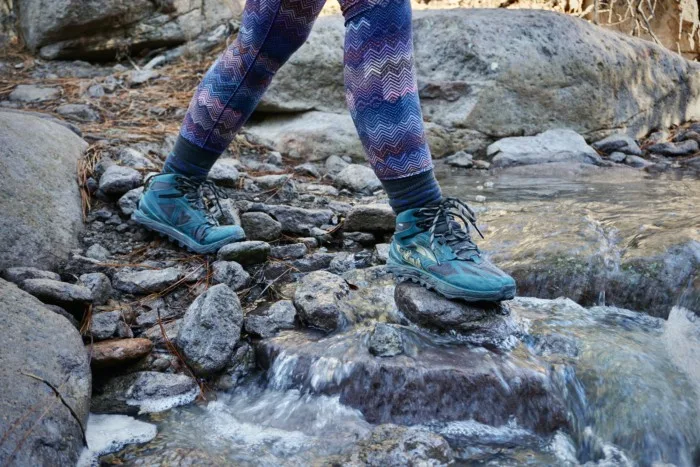
Altra Lone Peak 4 Mid- RSM (Rain, Snow, Mud) (Women’s)
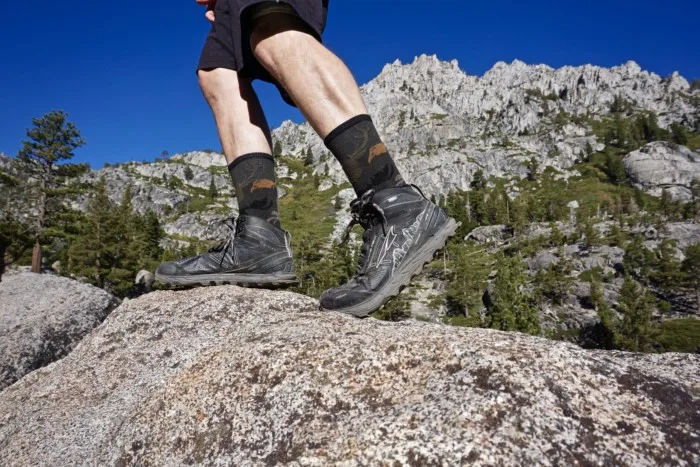
Altra Lone Peak 4 Mid- RSM (Rain, Snow, Mud) (Men’s)
Jake and I are huge fans of Altra Lone Peak RSM hiking boots. The traction is some of the best we’ve ever used. Plus these shoes have a wide toe box, so you can wear thick wool socks without getting blisters.
The one drawback is they are flexible, so adding a yaxtrax might not be as comforatble if you had more of a rigid boot. But since we use these hiking boots year round, we think they are great for the few winter hikes we endeavor.
If you are getting into winter hiking for the long term, consider some other great Winter Hiking Boots.
If your hiking shoes are meant for snow and have decent traction, they may work fine. But for added traction on icy terrain, I would suggest Yaktrax’s or snowshoes. Yaktrax’s will help protect you from slipping on ice or slick snow.
Snowshoes will help keep you above deep snow, plus protect you from slipping on ice and snow. So depending on the conditions of the hike, you might want to add either of these items!
Accessories for Winter Hiking:
When going on a winter hike, it can be easy to lose your balance. Hiking poles will help stabilize and protect you from falling. And they can also be super helpful for saving your joints on the hike back down.
Final Thoughts On What To Wear Winter Hiking:

Don’t let the winter months put a pause on your hiking adventures. While winter hiking does come with its share of potential risks, a bit of diligence in researching conditions goes a long way in ensuring you’re well-prepared.
Questions like, “Will it be icy?” or “Is there an avalanche warning?” help tailor your preparations for a seamless winter hike. With the right groundwork, your hiking adventures can truly be boundless!
When faced with particularly slick conditions, consider personal preference in footwear. Adding yaktrax for traction and wielding hiking poles becomes a winning combination, ensuring the trail doesn’t catch you off guard.
And hey, if the weather throws a curveball, a down jacket layered with a waterproof jacket should be your go-to for a cozy and dry day hike, no matter the weather conditions. Get ready to conquer the winter trails with style and practicality!
Read more tips for how to prepare for winter hiking conditions.
Want great deals on hiking gear, check out these great websites that sell discounted outdoor gear!
Pin For Later!
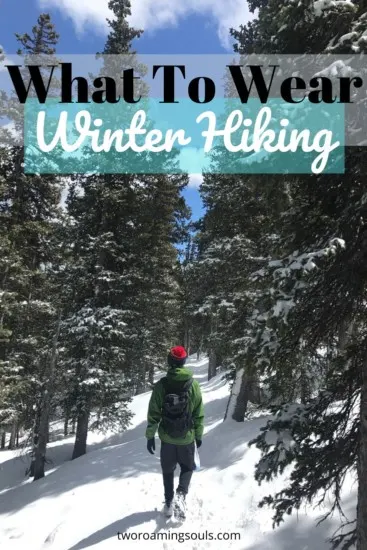
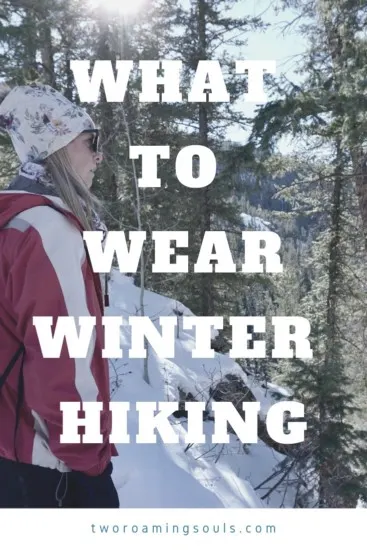

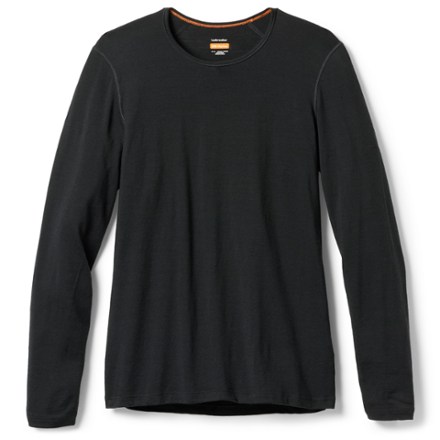
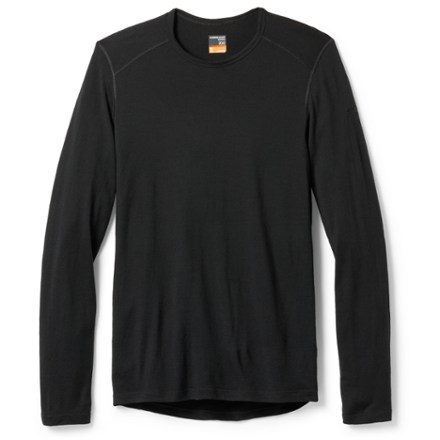
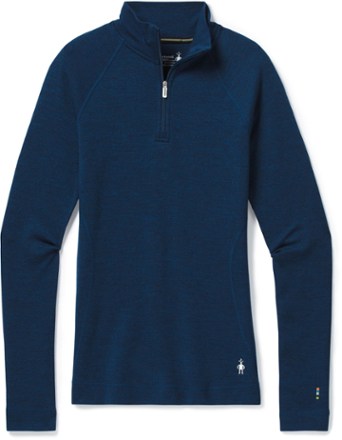
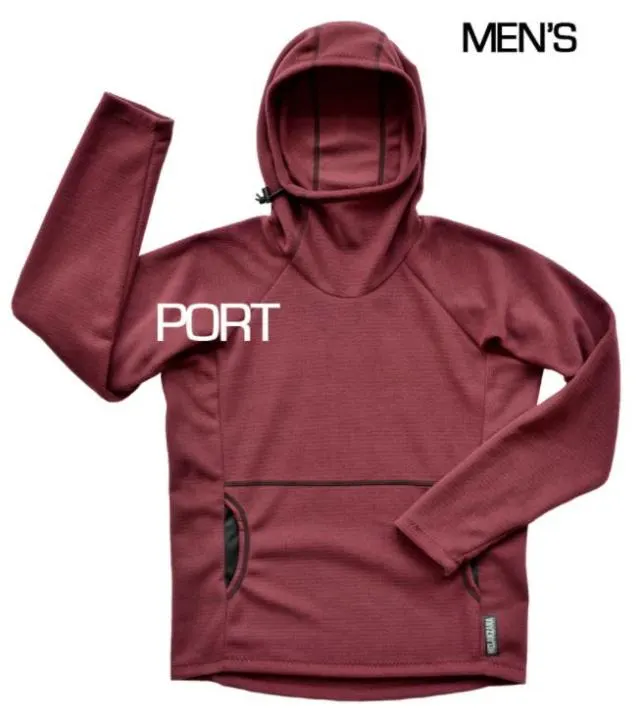
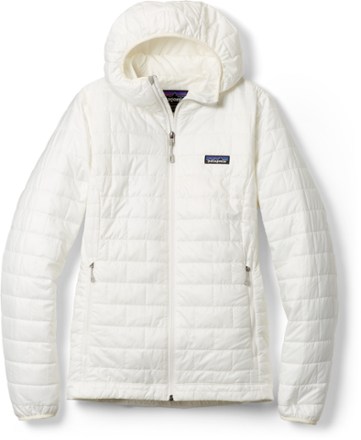
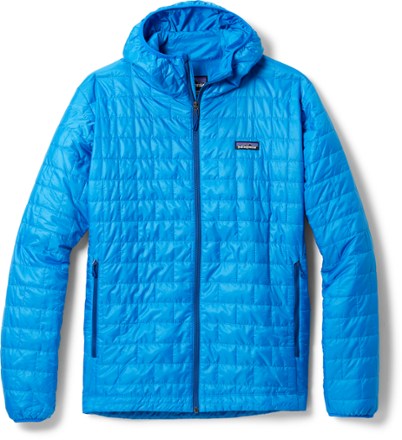
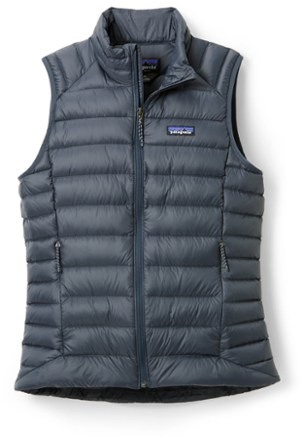
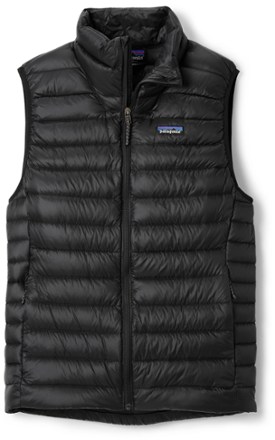


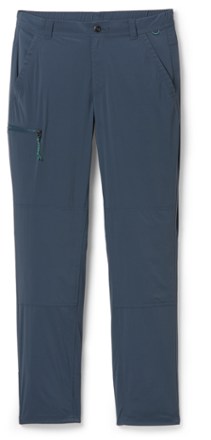
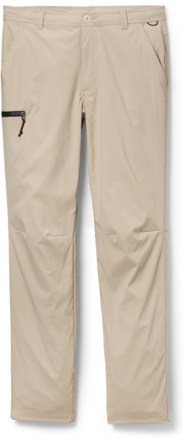
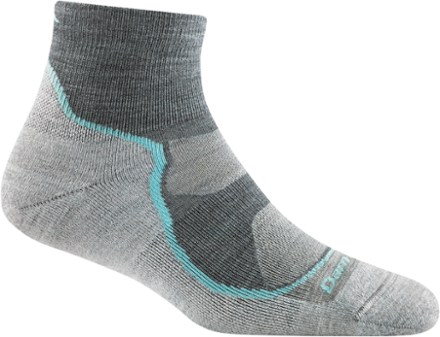
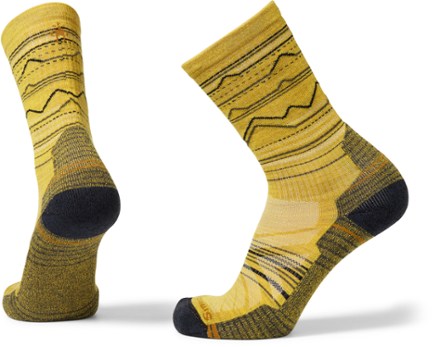
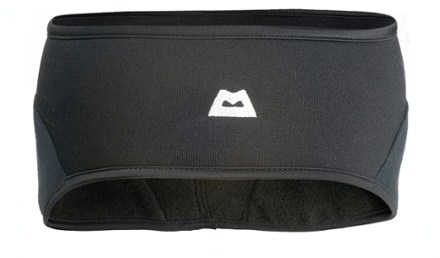
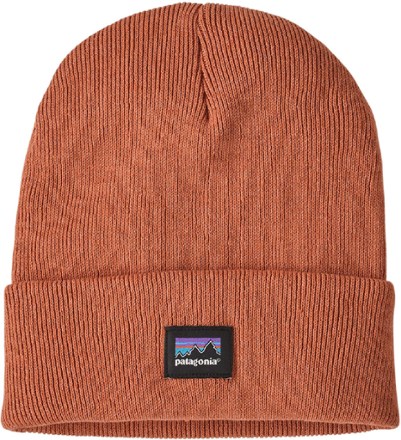
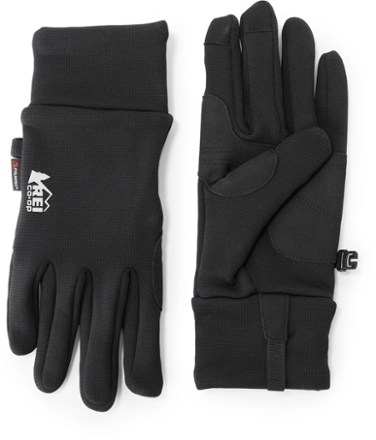
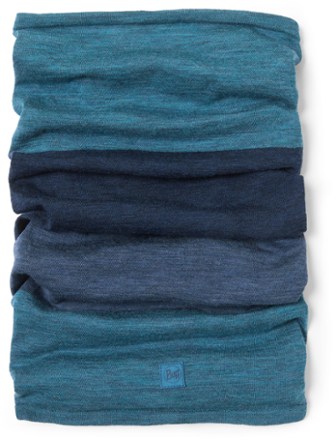
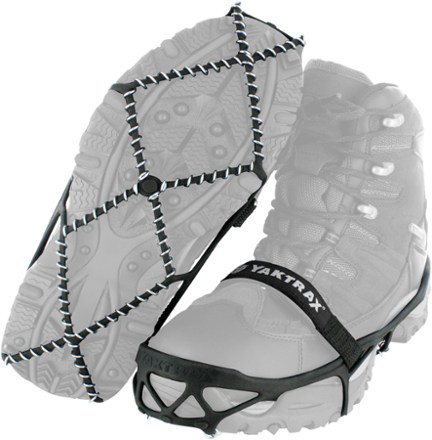
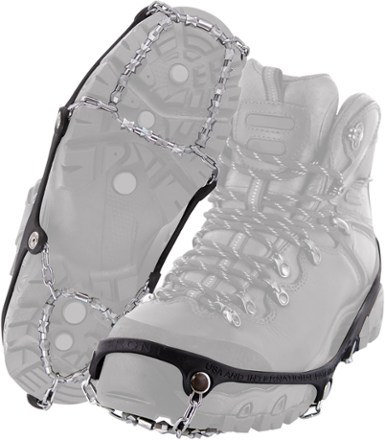

Top 5 Best Hikes In Vail, Colorado - tworoamingsouls
Thursday 6th of April 2023
[…] is necessary. Deep snow or ice can make these already challenging trails even harder. Warmer winter layers are always a must. And the difficulty depends on recent snowfall and traffic on the […]
Bryce Canyon National Park One-Day Itinerary - tworoamingsouls
Sunday 23rd of October 2022
[…] You can visit Bryce Canyon in the winter, and experience the beauty of this park with a fresh layer of snow. But be aware that trail, road, and campground closures are common in the winter months. And special preparation is needed for winter hiking. […]
What To Do In Vail Besides Ski | Winter Guide - tworoamingsouls
Sunday 20th of February 2022
[…] winter is a bit more challenging than in the summer and can be more dangerous. You need to have the appropriate winter hiking attire and footwear. And you need to make sure you aren’t hiking anywhere with high avalanche […]
Hanging Lake in Colorado | Everything You Need To Know - tworoamingsouls
Monday 15th of November 2021
[…] What To Wear Winter Hiking […]
Tips For Winter Hiking - tworoamingsouls
Monday 30th of August 2021
[…] For laying tips, follow our guide for what to wear winter hiking? […]